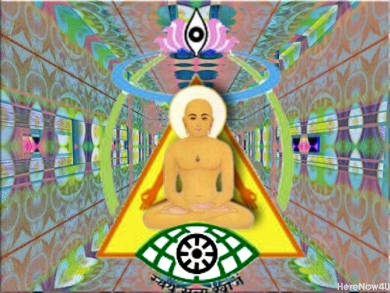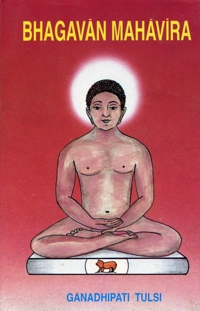| 2 | Thirty Years Of Family Life |

etaka's father was called Keka, his mother Yasomati and his wife Prtha.
| Harisenacarya in his Brhatkatha Kose mentions Subhadra as the name of Cetaka's queen. |
The people of the Vajji Republic enjoyed religious freedom. Cetaka was the follower of the arhat religion as taught by Bhagavan Parsva. Some of the leaders of the clans also followed this religion. A few were adherents of the Vedic religion also. Those religious diversities did not at all interfere with the political administration of the Republic.

[ ]
There was a settlement known as Kundapura near Vaisali. Its southern part was inhabited by Brahmanas. It was, therefore, called Brahmana Kundapura. The northern part was inhabited by the Ksatriyas and was, therefore, called Ksatriya Kundapura. The ruler of Brahmana Kundapura was Rsabhadatta while that of Ksatriya Kundapura was Siddhartha. The religion of Parsva had a very large following in Videha. Both Rsabhadatta and Siddhartha were followers of this religion.
Ancient Indian religion had two independent tradition - the Sramana and the Brahmana traditions. The Ugras, the Bhojas, the Rajanyas, the Ksatriyas, the Jnatas, the Kauravas and the Dravidas were the followers of the Sramana religion. The Brahmana community followed the Vedic religion. On account of a long coexistence the two traditions began to mingle together. Some of the Ksatriyas adopted the Vedic customs and some of the Brahmanas adopted the Sramana customs.
The twenty-four tirthankaras of the Jainas were all Ksatriyas. The Ksatriyas were mostly adherents of the Jaina religion. This, however, does not imply any caste basis of the religion.
Although religion was a personal affair, yet it influenced the society also. Religion was an important consideration in matters of marriage like physique, wealth and beauty. Normally girls were given in marriage to coreligionists only. Maharaja Keka's daughter Trisala was married to Siddhartha. This fact strengthened the relations between Vaisali and Ksatriya Kundapura.
 Acharya Tulsi
Acharya Tulsi

